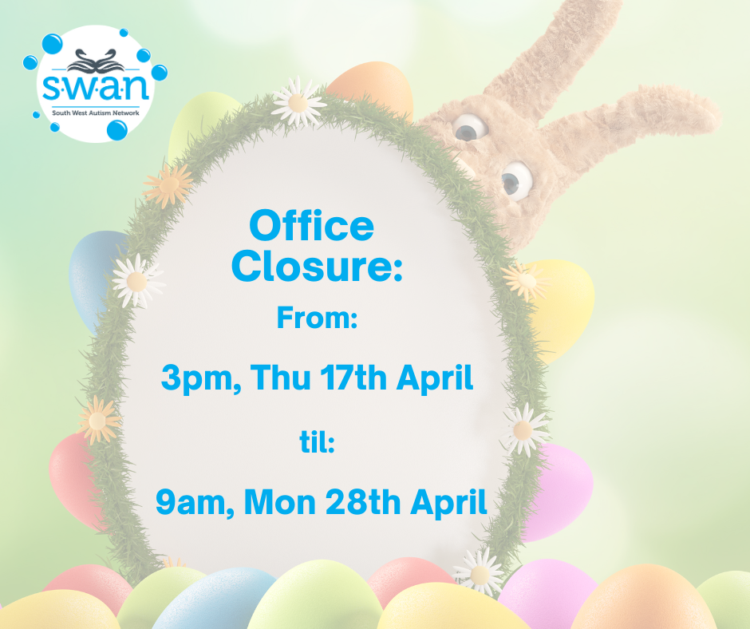Understanding Asperger’s Syndrome Fast Facts
Emily L. Burrows & Sheila J. Wagner
The purpose of this guide is to help educators become acquainted with identifying and meeting the needs of the student with Asperger's Syndrome.
A note from SWAN: ‘Asperger’s Syndrome’ is no longer used as a diagnosis and the term “high-functioning” is harmful, as it minimises the varied support needs of autistic people. SWAN does not endorse these terms, but recognises that this resource contains other useful information.












